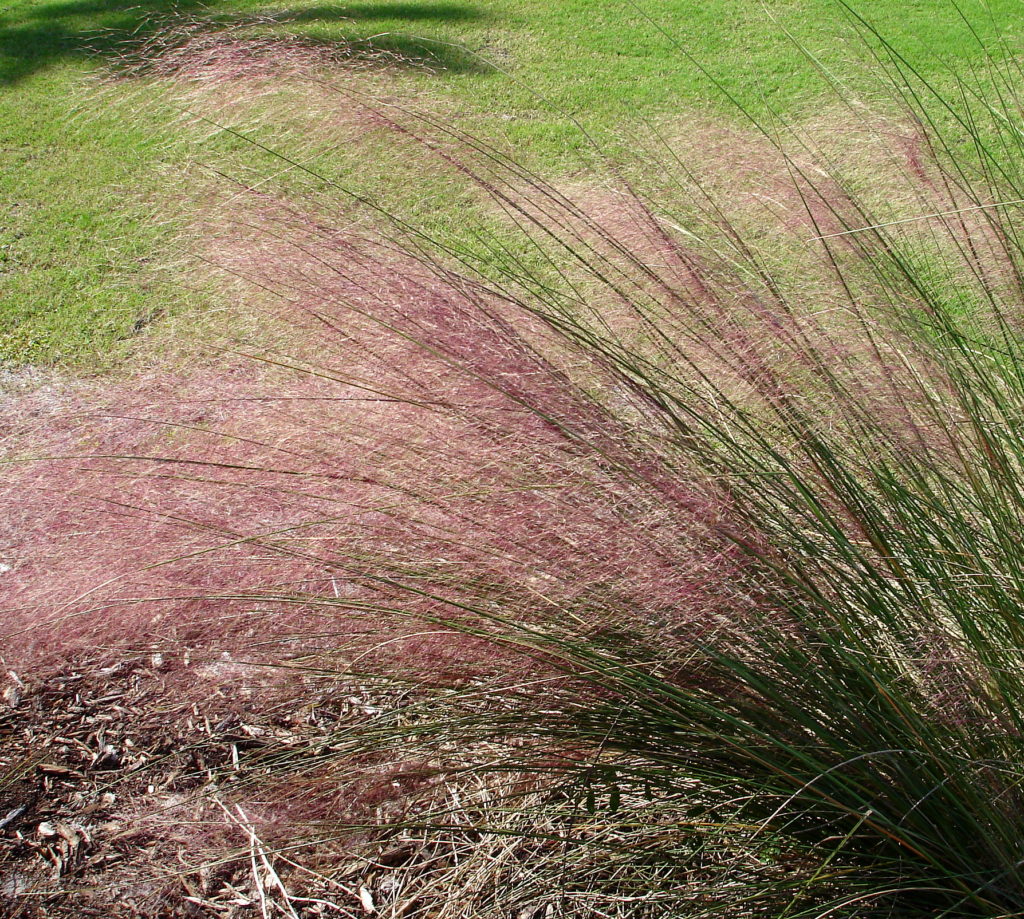Fall is the time that ornamental grasses shine in warm-season landscapes. Ornamental grass is the term for a wide variety of grasses and grass-like plants. These plants are favorites among horticulturists and landscape designers or architects, but their care and maintenance are sometimes poorly understood and executed. Ornamental grasses add movement and rich golden hues to the landscape

Ornamental grasses are considered interesting because they often provide motion and different textures and colors to the landscape. These hues and textures often change with the seasons, so the result is an ever-changing view. The uses for ornamental grasses are numerous; they are suitable for planting as groundcovers, shrub substitutes, borders, and accents.
Most ornamental grasses are quite hardy and can be grown successfully on a wide range of soils and pH levels. Many have the additional attraction of being relatively drought-tolerant and pest-free. Although most ornamental grasses require some pruning in late winter to remove old, tattered leaves, they provide a fairly low-maintenance landscape option. There are many native and non-native selections, I tend to favor the native grasses which include, Florida Gamagrass, Sea Oats, Love Grass, Smooth Cordgrass, Sweetgrass, and Fakahatchee grass.
The pretty pink blooms of the native, drought-resistant ornamental grass, Muhlenbergia capillaris also known as Muhly Grass or Sweetgrass make it one of my favorites. It is a clumping grass with leaves that are olive-green in color. The flowers appear usually around September or October and last throughout the fall. They are beautiful, wispy plumes of airy pink growing to 3 to 4 feet tall.
Sweetgrass can be planted for dune stabilization as well as a pretty addition to the landscape. It also is the grass used by basket makers in the South Carolina low country. Muhly grass is native to Florida and as well as the southeastern United States.
Muhly grass prefers to be planted in full sun to partial shade. It is drought tolerant once established and is salt-tolerant in seaside gardens. It is easy to grow but should be planted a minimum of two feet apart. Muhly grass requires periodic watering to establish but no additional water after the grow-in period. However, an occasional application of irrigation during drought times will improve the appearance.
The problems that occur in traditional landscapes with Muhly and other ornamental grasses include a lack of conformity to a formal look and an unorganized shape. Often, grasses are planted too close together and too close to walkways and roads and then require frequent pruning. Additionally, the bronze and brown dormant leaves and flower stalks are considered unsightly by many Boards, Managers, and Homeowners so the plants are cut often and look ugly after such pruning.
Resist the urge to remove the old plumes and/or square off ornamental grasses after fall blooming. This trend in the maintenance of ornamental grasses is simply ugly. Leave the plants in their natural shape to enjoy masses of golden seed heads gently swaying in the breeze throughout the fall and winter. Prune ornamental grasses just before growth starts in the spring. Ornamental grasses add movement and rich golden hues to the landscape
This article first appeared in the Treasure Coast Newspapers.
Leave a Reply